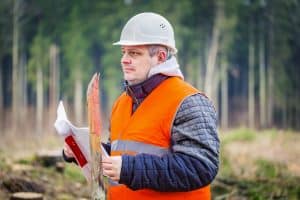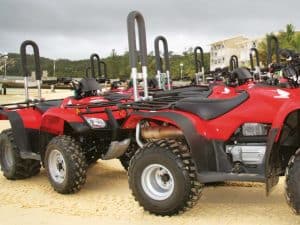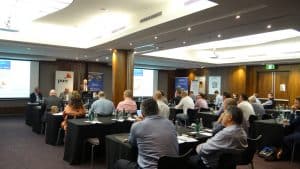 The hyperbole about ISO45001 keeps coming now that the International Standard for Occupational Health and Management Systems has been finalised and due for publication on March 18 2018.
The hyperbole about ISO45001 keeps coming now that the International Standard for Occupational Health and Management Systems has been finalised and due for publication on March 18 2018.
On February 1 2018, Vic Toy, chair of the US technical advisory group is quoted in EHS Today:
“ISO45001 is one of the most significant developments in workplace safety over the past 50 years, presenting an opportunity to move the needle on reducing occupational health and safety risks…..
The goal was to create a widely accepted standard that can produce a highly effective safety and health management system for an increasingly interconnected world, regardless of an organisation’s size, location, supply chains or nature of work. It becomes a minimum standard of practice, and a good one at that.”
ISO45001 does have great potential for change but primarily in those countries that have no such standard already and where OHS laws are under-developed or poorly enforced. Continue reading “Hyperbole over new OHS Standard”

 In 2018,
In 2018, 

 As October is Australia’s Safe Work Month there are several awards evenings. On 19 October 2017,
As October is Australia’s Safe Work Month there are several awards evenings. On 19 October 2017,  The latest safety management standard
The latest safety management standard  Recently
Recently